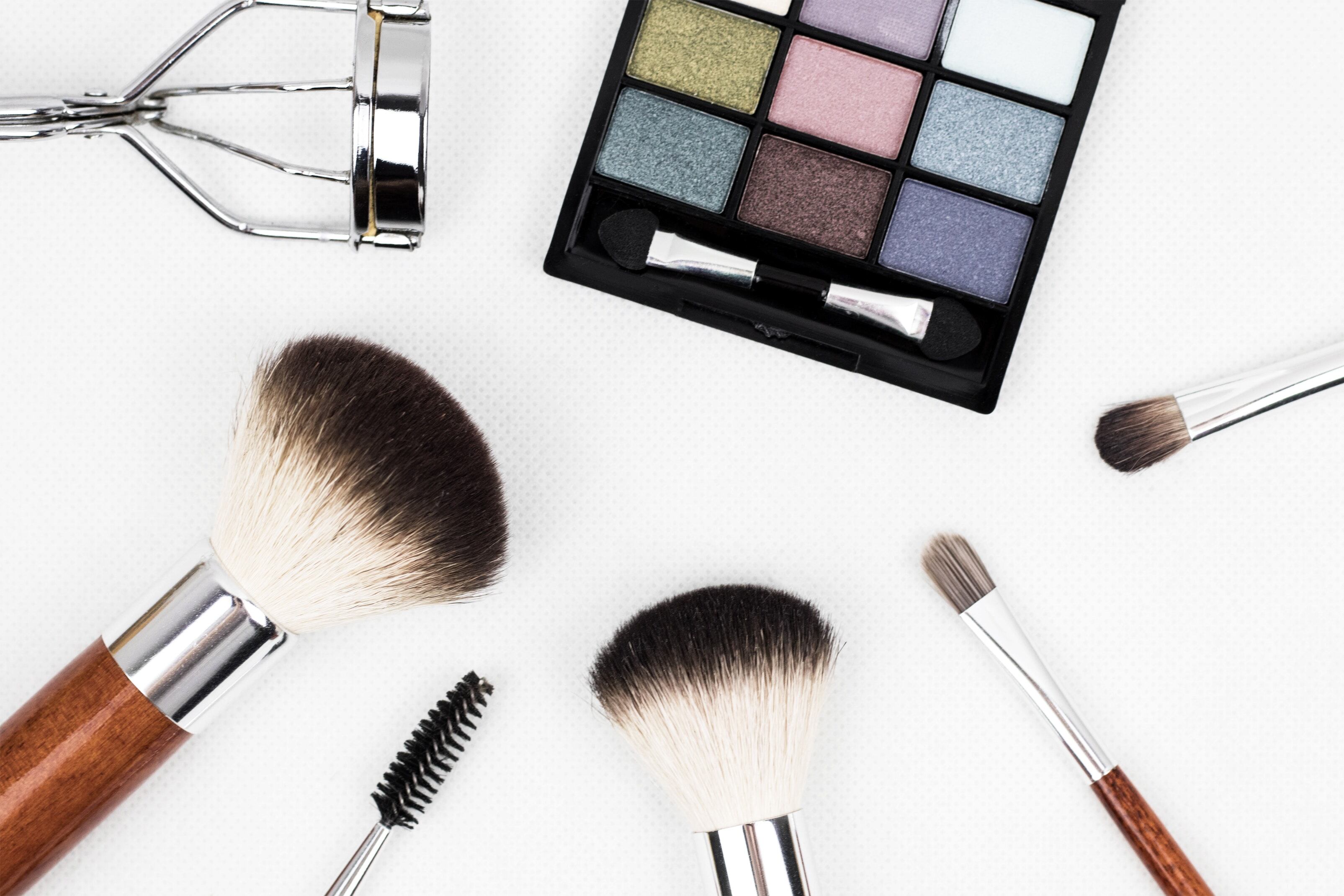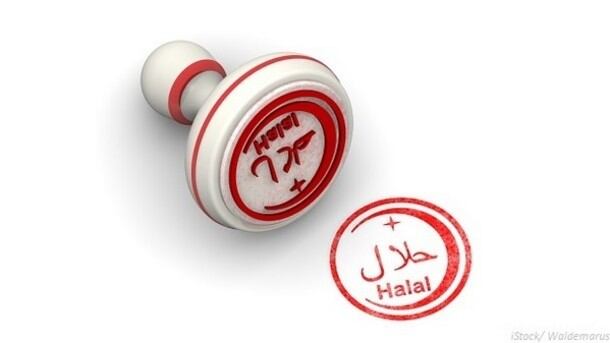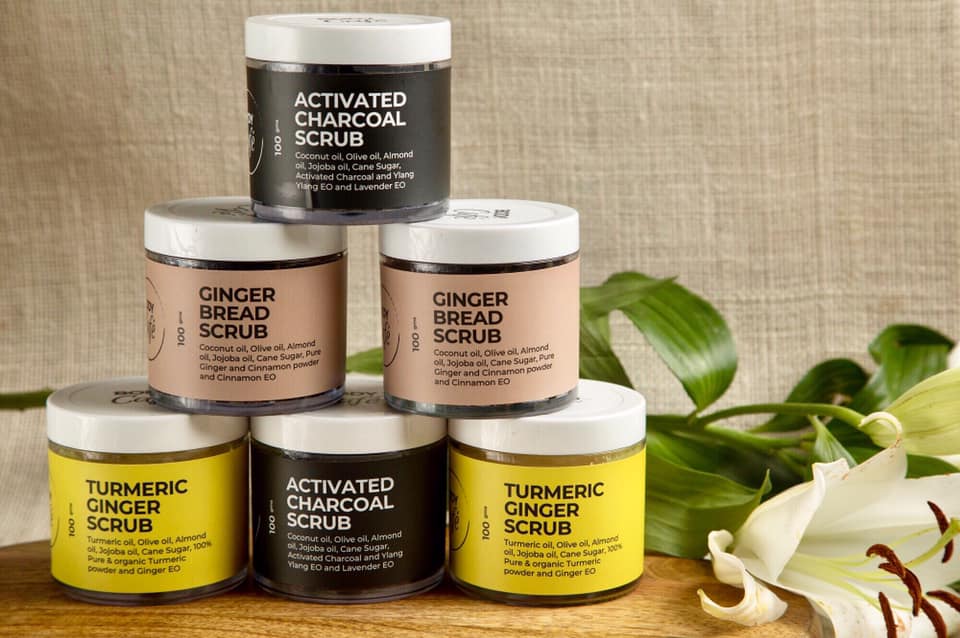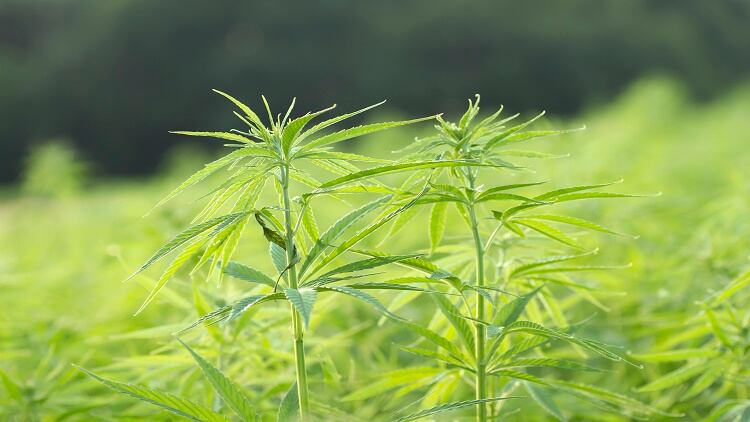Leonard Lauder, chairman of the Estee Lauder board made the claim that lipstick sales could be used as an economic indicator since the purchase of cosmetics, and particularly lipsticks, tend to be inversely correlated to economic growth.
Describing the company’s increased sales during the downturn at the turn of this century, Lauder speculated that women substituted lipstick for more expensive purchases like dresses and shoes in times of economic distress.
Subsequent recessions have sometimes failed to back up Lauder’s theory, leading to the lipstick index being discredited by economists.
But now that India is going through its weakest GDP expansion in six years following five straight quarters of cooling growth, the index might be making a comeback.
Yet the beauty market, which was valued at US$6.5bn in 2017, is expected to exceed US$20bn by 2025.
Major brands like Hindustan Unilever-owned Lakme and French giant L’Oréal have been reporting double-digit growth rates in the colour cosmetics category.
Cosmetics sales resilient
Given the growing demand for cosmetics, brands are rolling out 15 to 25 shades at every launch, contrasting with just a few shades at most, a decade ago.
Yet the Indian cosmetics sector is still an emerging category, led largely by the country’s increasingly wealthy and numerous middle class.
“One of the key reasons why colour cosmetics is less affected by the slowdown is that consumer usage is still low. As women become more aware about brands, they are willing to upgrade. There are a host of brands offering premium products at higher prices,” Prabha Narasimhan, vice-president for skincare and colours at Hindustan Unilever, told Time of India recently.
As if by illustration, Lakme recently unveiled a premium line of lipsticks in matte range, priced at around Rs 800.
Another factor in the fast growth of colour cosmetics is access to the internet.
India’s richest man Mukesh Ambani introduced Jio, a mobile carrier that provided free calls and unlimited data for less than US$2 a month. Since then, internet penetration has increased at an exponential rate, with vast numbers of Indian women online and developing a curiosity for beauty.
This is especially the case in India’s second- and third-tier cities, which hold much of its economically vibrant population.
Now more exposed to catwalk and make-up trends from London, Paris and New York than they had been through the Indian media, residents in sub-metro India are increasingly turning to social media and online retailers. There has been a rapid increase in the culture of sharing and tagging beauty brands, and searching for beauty hacks and reviews online. In turn, India now has a booming community of beauty influencers.
Cosmetics potential
Homegrown online beauty retailer Nykaa's revenues have reached hundreds of millions of dollars, giving it a valuation of US$740m. It has also built 35 bricks-and-mortar stores and earned itself a name for being “India's Sephora”.
With a portfolio of over a 1,000 brands across makeup, skincare, haircare and wellness, Nykaa.com registered 115% growth in 2018-19. Its sales model is ideal for tapping into India’s hinterland.
“What’s driving the growth is new launches, especially in the premium segment. While our existing consumer base continues to purchase makeup products as rampantly, we are also seeing a new set of consumers entering the category,” said Nykaa chief business officer Nihir Parikh.
Yet though the market today holds great promise, and despite L’Oréal’s growth, which is said to be in the “high double-digits”, international beauty brands continue to view expanding their businesses into India with caution.
Sephora made a noisy arrival in 2015, but it has since been struggling to capture the imagination of Indian consumers, mainly because of the limited product ranges available in its stores.
Dubai’s Huda Beauty and Smashbox of California have launched to limited retailers, but brands that sell across the world, such as Urban Decay, Tarte, TooFaced, Charlotte Tilbury and Fenty Beauty, have yet to start making inroads.
With each region having its own set of sub-trends and differing product demands, India’s market is a difficult one for the uninitiated. But there is still plenty of room for newcomers with an open mind and good local partner. The lipstick index might not have come to pass in Western countries, but as India’s economy continues to cool off, it may have a home on the subcontinent.




